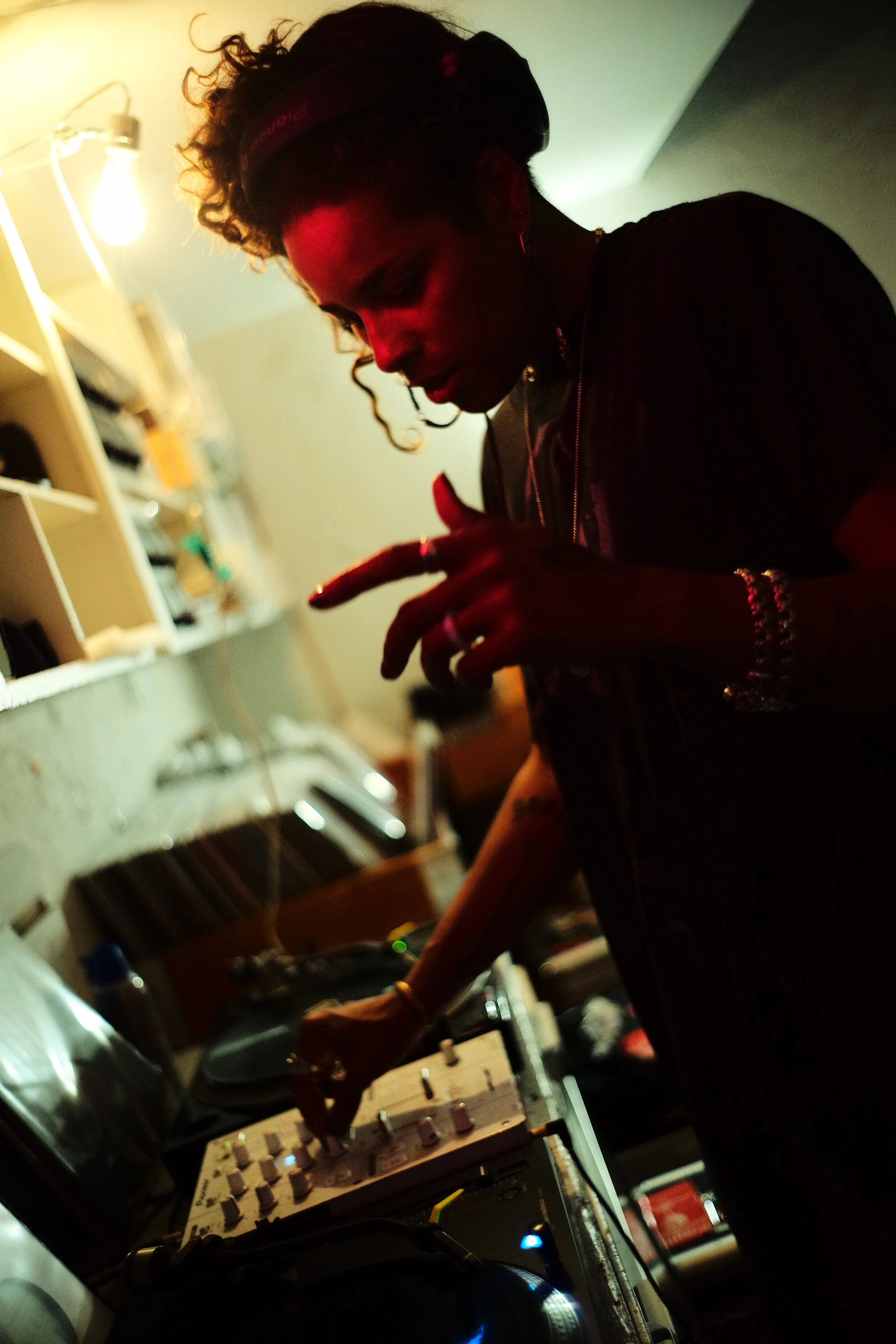TSS – You lived and worked in New York for decades. In your opinion, how has the scene changed? And, if you could be a catalyst for change, what would you suggest we do to make the playing field more fair, honest, and accessible, especially for those artists who we might consider important and relevant?
GDLH - What kind of utopian world are you imagining, homie? Fairness? Hah! Honesty? Yeah, right. And the only accessibility I care about is Handicap Accessibility. The simplest way (and most beneficial) to be a catalyst for positive change is to be kind. Then believe in your art and keep making it at all costs. Cormac McCarthy ate canned beans night after night as he was learning his craft and trying to write a book. He didn't go out and waste money and he sacrificed much to get where he got. There are no shortcuts to greatness. But in our constant, 24 hours, iPhone obsessed and Instagram/Social-Media addicted world, there are many posers in the field, hogging the spotlight and confusing young, inexperienced minds. But true greatness always finds the light. You must believe in that.
As far as the biggest change in New York’s art scene? It's larger. In fact, it's massive. There are galleries everywhere. In all five boroughs. Which takes us back to all things being a numbers game. More galleries equal better odds for artists.
TSS – It is no secret that the insanely wealthy, top-tier art dealers and hedge funds, and elite media intellectuals control the narrative and the business of art. Do you believe the system is rigged? For artists who are routinely and intentionally left out of this conversation how should they proceed with their practice knowing they don't meet the criteria for participation?
GDLH – What criteria are you talking about? Because in this age of internet access artists can find precisely whom to target. And let them, whoever they are, control whatever it is they wish to control. They don't control my habits each day. They don't dictate what color to use or size painting to work on. And sure, the system is rigged. If it wasn't, there'd be no money in it. Which brings me back to this: Are you an artist for the money and the fame and glory? If so, be an actor. But you better not be a cross-eyed one because I'm sure it will be a tough going for ya. You can't bitch about a class of people and then wish for a seat at their table.
Which brings me to this: After ‘gratitude’ which I mentioned above, artists need to have agency. Agency is precisely what artists are supposed to be, autonomous. In sociology, agency is the expression of autonomy from all social structures, institutions, cultural forces and the evil-rigging, boogeymen you mention above. Have agency, my friend. And fuck all if you're not invited to the party. You're not gonna like it anyway if you get invited. It's dull as shit.
TSS –Thank you for taking the time out of your busy schedule to talk. The next time I’m in NYC I’ll stop by McSorley’s for my usual Liverwurst sandwich and some ale.
GDLH - You're very welcome, Terrence. It's an absolute pleasure watching you grow your publishing business. You, my friend, are the true catalyst for change. You're the light humanity needs. Ciao.











